Controversial Movies Banned in India
The banning of movies in India, as well as film censorship, is primarily regulated by the Central Board of Film Certification (CBFC), a statutory body under the Ministry of Information and Broadcasting, Government of India. The decision to ban or censor a film is typically made based on various factors, including concerns about content that may be deemed inappropriate, offensive, or against public interest. Here are some common reasons why movies may be banned or subjected to censorship in India:
1. Sexual Content:
– Films that contain explicit sexual content, nudity, or scenes that are considered obscene may face censorship or be banned. The CBFC aims to ensure that movies adhere to cultural and societal norms, especially with regard to explicit material.
2. Violence:
– Excessive or gratuitous violence, particularly if it is deemed to be glorifying or sensationalizing harmful behavior, can lead to censorship or a ban. Authorities may be concerned about the potential impact on viewers, especially younger audiences.
3. Controversial Themes:
– Movies that explore sensitive or controversial themes, such as political issues, religious sentiments, or historical events, may face scrutiny. The government may fear that such content could lead to public unrest or offend certain communities.
4. National Security Concerns:
– Films that are perceived to pose a threat to national security or promote ideologies that go against the interests of the state may be banned. This is often seen in cases where content is deemed to be sympathetic to extremist or separatist movements.
5. Defamation and Character Assassination:
– Movies that are seen as defaming individuals, communities, or public figures may face censorship. The CBFC reviews films to ensure that they do not contain content that could harm someone’s reputation or character.
6. Drug Promotion:
– Films that depict drug use in a positive light or glamorize substance abuse may face censorship or be denied certification. The authorities aim to prevent the glorification of harmful behavior.
7. Religious Sensitivities:
– Movies that are perceived to disrespect or offend religious sentiments may be banned or censored. The CBFC reviews films to ensure that they do not hurt the religious feelings of any community.
8. Cultural Appropriation:
– Films that are seen as appropriating or misrepresenting cultures, traditions, or communities may face censorship. The CBFC aims to ensure that movies are culturally sensitive and do not perpetuate stereotypes.
9. Non-Compliance with Guidelines:
– Films that do not comply with the guidelines set by the CBFC may face censorship or be denied certification. This includes cases where filmmakers refuse to make recommended cuts or modifications.
It’s important to note that the decision to ban or censor a film is often subjective and can be influenced by societal norms, legal considerations, and the prevailing political climate. Filmmakers may appeal against decisions, and sometimes, banned films are later released with modifications or after legal interventions.
Here is the list of such films banned to screen for the general audience due disputed content.
Summertime June 21, 1955
Banned due to its depiction of an American woman falling in love with a married Italian man

Under the Blue Sky (Neel Akasher Neechey) February 20, 1959
It was banned for two months for overt controversies of sexual harassment overtones; it showed the troubles faced by an immigrant Chinese wage laborer in 1930s Calcutta
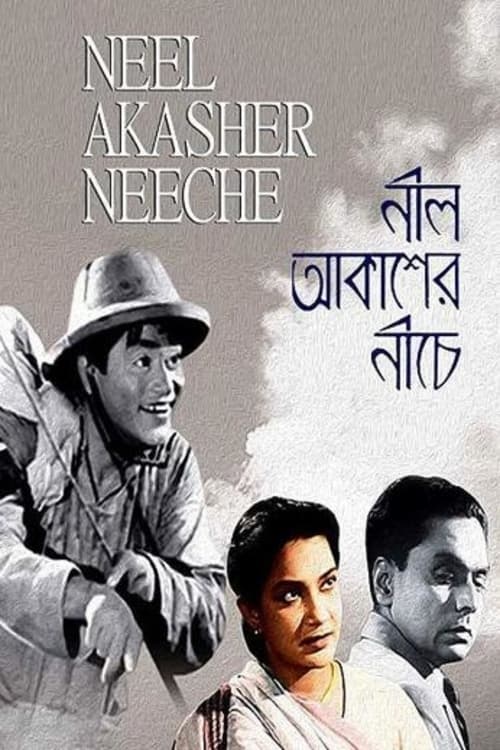
Gokul Shankar 1963
It was banned for depicting the psychological motivations of Nathuram Godse, the assassin of Mahatma Gandhi
Garm Hava January 05, 1973
The release was held up by the censors for 8 months. The film depicted a Muslim family during the partition of India

Aandhi February 13, 1975
It was banned during Emergency by Indira Gandhi and subsequently released in 1977 after Janata Party came into power.
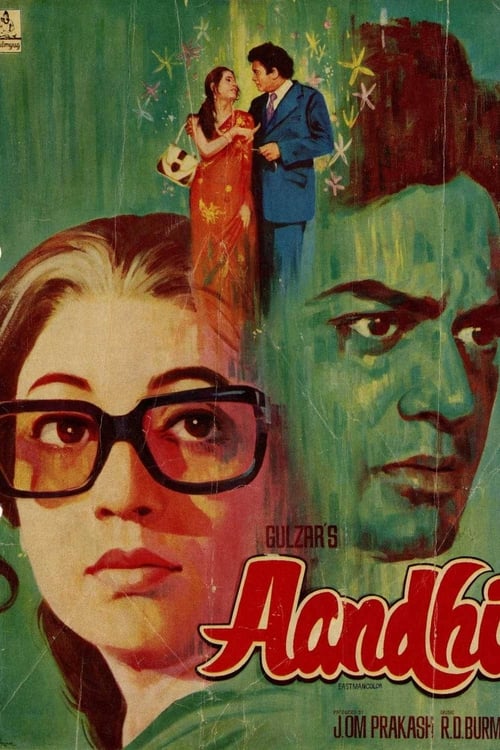
Kissaa Kursee Kaa February 16, 1978
A political spoof, the film was banned by the Congress government for lampooning the Emergency. The master prints and all copies was lifted from the Censor Board office and burned by Sanjay Gandhi supporters.The movie was later remade with a different cast.
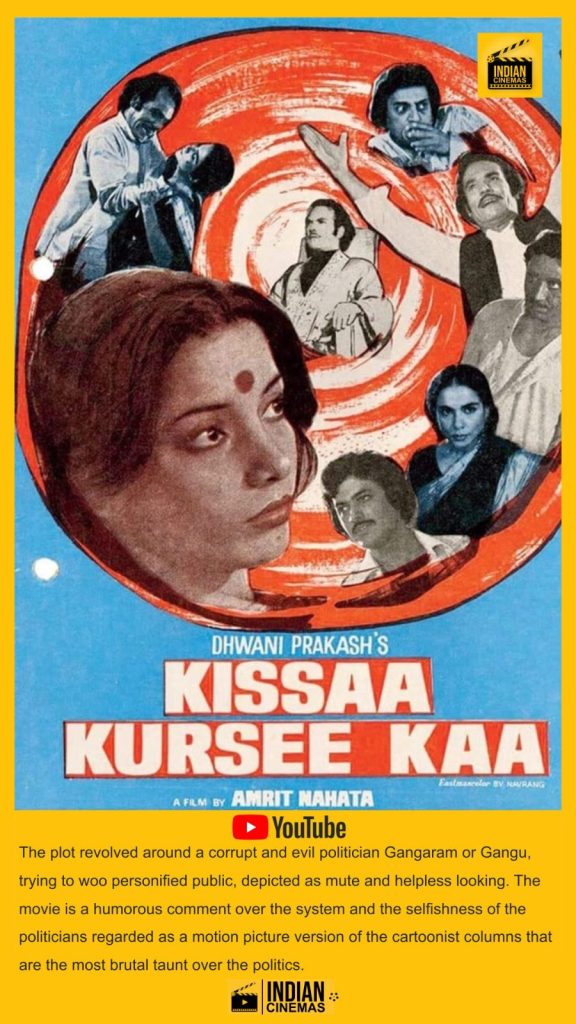
Sikkim April 01, 1971
The film was banned after Sikkim’s merger in India in 1975, as it showed the Chogyal-ruled Sikkim as a sovereign state. The ban was lifted in September 2010
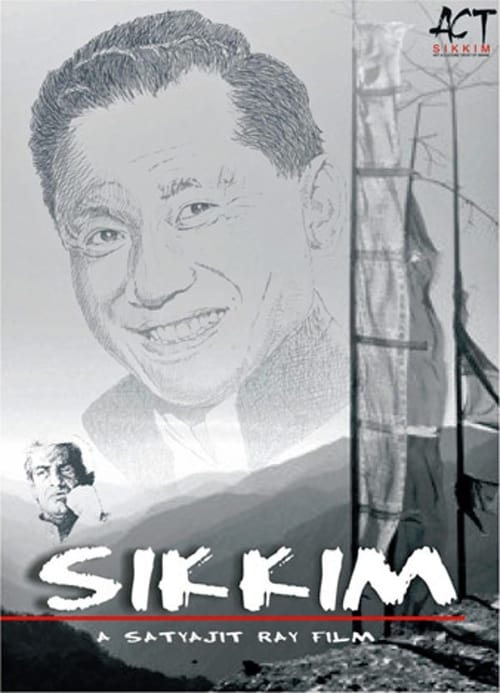
Indiana Jones and the Temple of Doom May 23, 1984
It was banned temporarily for its “negative” depiction of Indians because of a scene, set in India, where characters are served monkey brains. Monkeys are seen as sacred animals in Hinduism. The ban was later rescinded
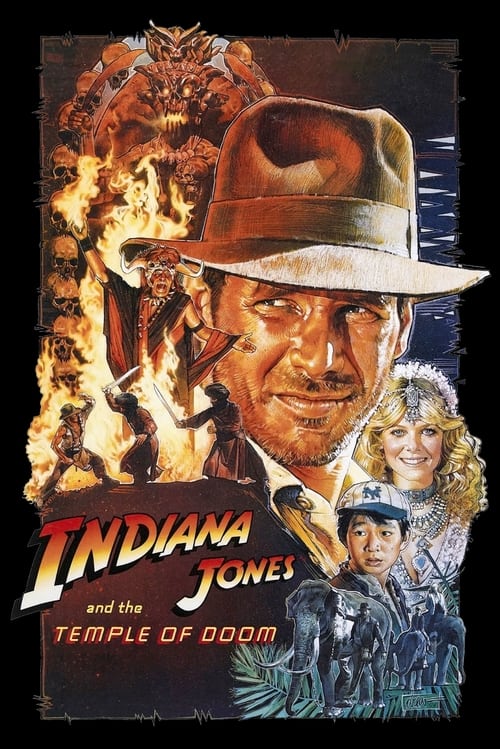
Pati Parmeshwar June 06, 1990
It was denied a rating by the Censor for depicting a woman in “ignoble servility” of her husband. Later, the Bombay High Court allowed its release
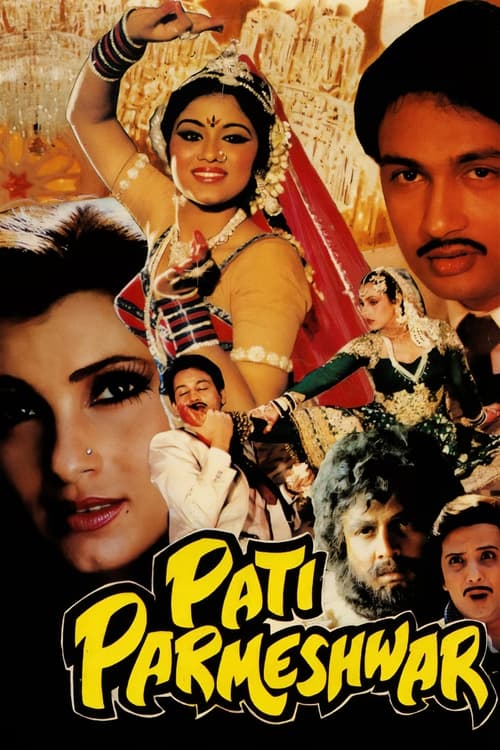
Kuttrapathirikai March 23, 2007
The film was completed in 1993. As it had Rajiv Gandhi’s assassination as a backdrop, it was not released until 2007
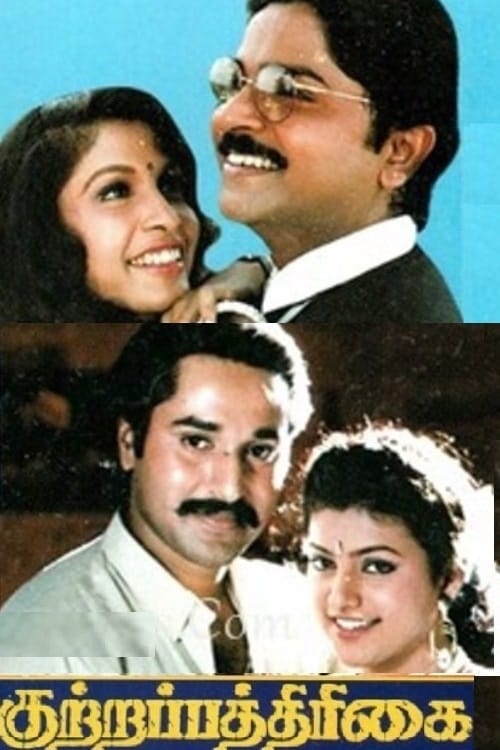
Bandit Queen February 17, 1995
It was banned temporarily by the Delhi High Court after Phoolan Devi, the subject of the film’s story, challenged its authenticity.
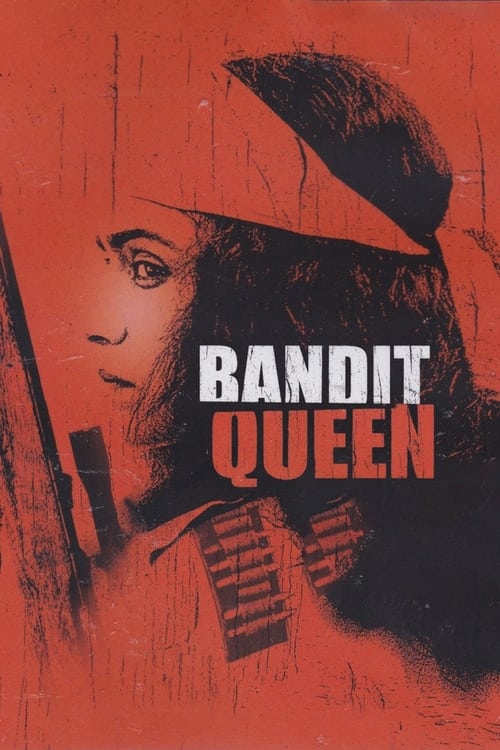
Kama Sutra: A Tale of Love September 11, 1996
It was banned due to sexual content.The version released in India had 2 minute cut of nudity.
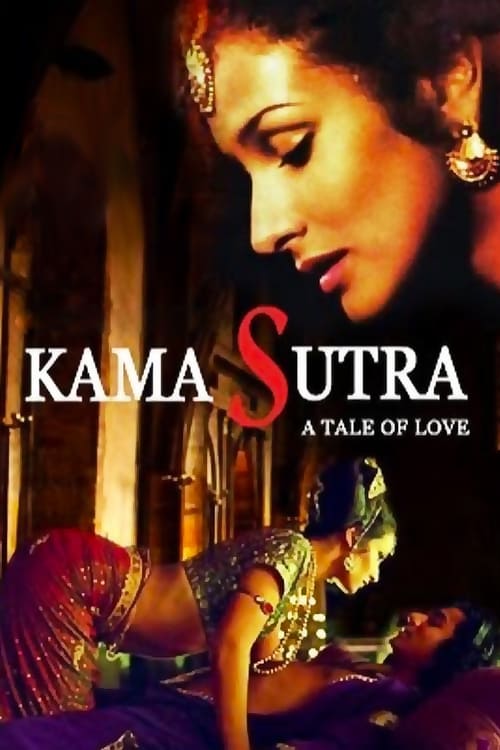
Fire August 22, 1997
On its opening day in India, some film theatres were attacked by Hindu fundamentalists for depicting a lesbian relationship. The film was withdrawn and sent back to the Censor Board. But, later it was released uncut.
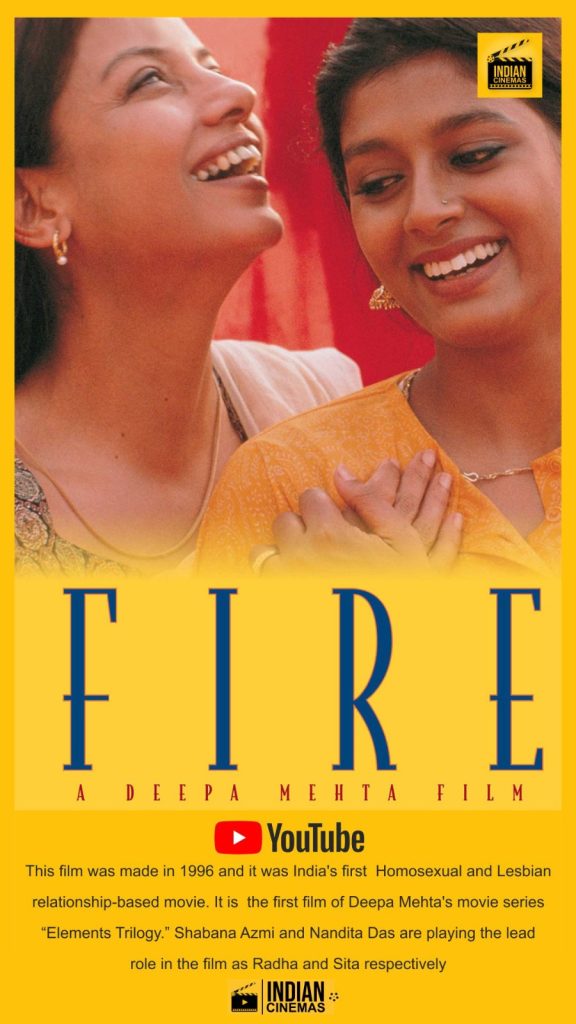
Paanch September 21, 2003
It was banned for glorifying drugs, sex and violence, later certified with cuts but went unreleased

Original languagePanjabi, Punjabi
Hawayein August 22, 2003
The film, set against the backdrop to the 1984 Sikh genocide, is banned in the Indian states of Delhi, J&K, Haryana and Punjab
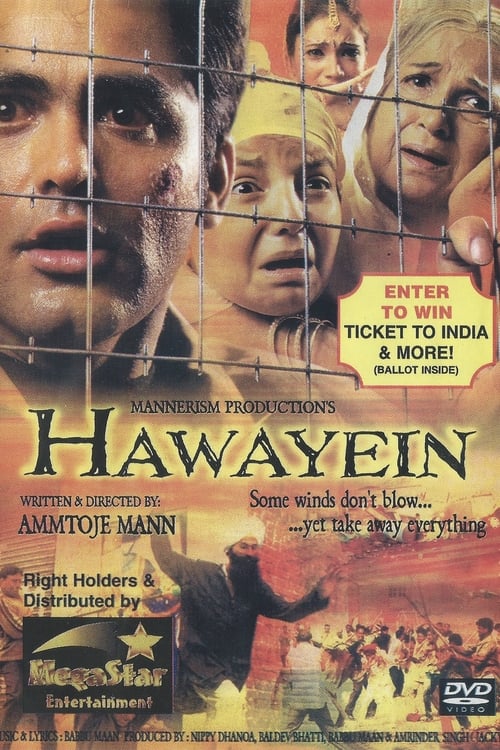
The Pink Mirror September 14, 2003
The film was denied a rating for its homosexual content
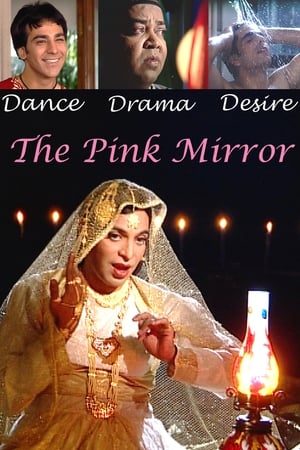
Final Solution February 13, 2004
The documentary film was banned by the Censor Board for being provocative and under concerns that it may trigger communal violence. It was based on the 2002 Gujarat violence. But, it was cleared after some months
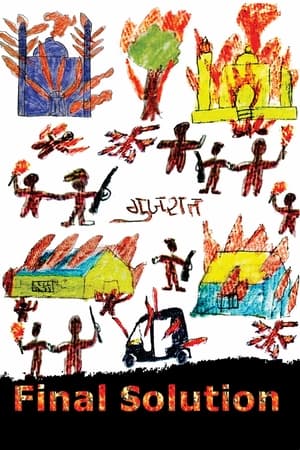
Hava Aney Dey / Let the Wind Blow January 12, 2004
The movie was not approved by the Censor Board because the director didn’t accept the suggested 21 cuts
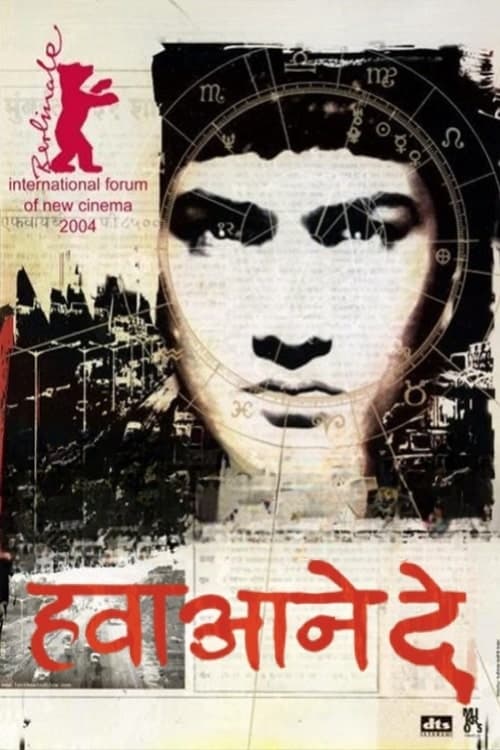
Black Friday August 13, 2004
The movie was based on the 1993 Bombay bombings. The release was blocked until the verdict of the lawsuit by the Bombay High Court on the petition of the under-trials. The film was originally set to be released in India on 28 January 2005. The producers appealed at the Supreme Court but the High Court order was upheld. The movie finally saw its release on 9 February 2007
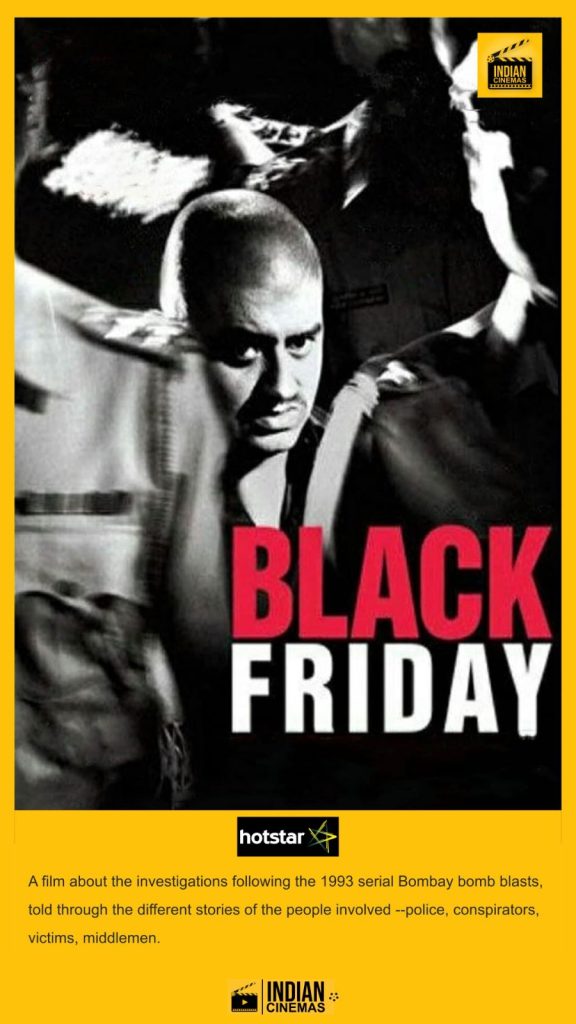
Amu January 07, 2005
This movie was based on the 1984 anti-Sikh riots initially was denied a rating. The film was later given an adult rating after some audio-cuts
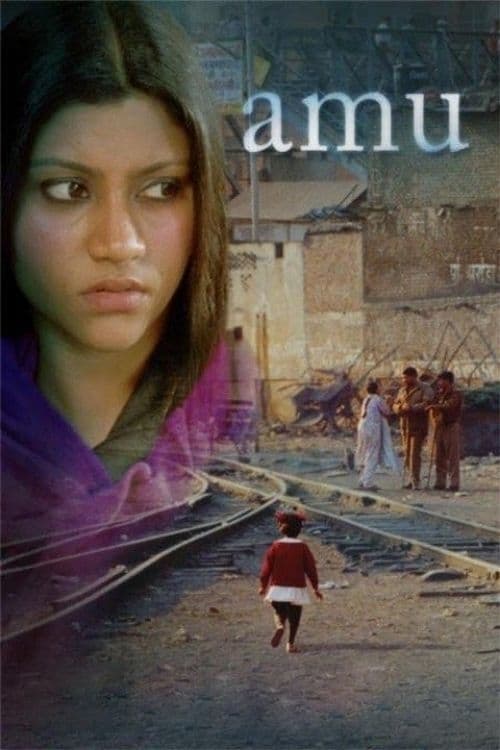
Water September 08, 2005
The movie faced opposition during its shooting from hardline Hindu organizations in Varanasi. The sets were destroyed. The Uttar Pradesh government decided to stop the shooting on 31 January 2000.The shooting was shifted to Sri Lanka later. The movie was released in India much later in March 2007.

Gandu October 29, 2010
The film was banned in India due to explicit sexual scenes
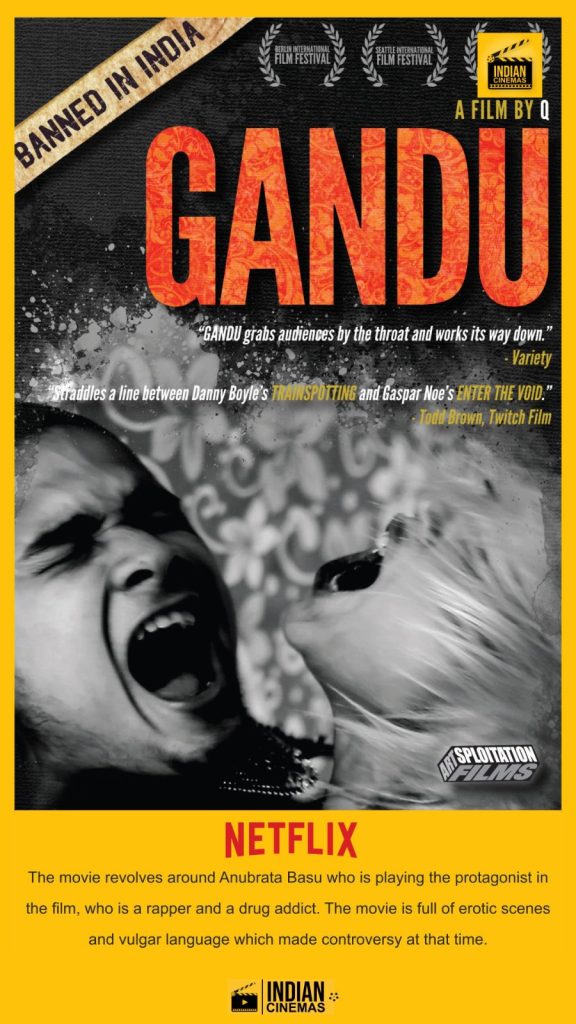
The Girl with the Dragon Tattoo December 14, 2011
It was banned for its adult scenes of rape and torture. The Central Board of Film Certification demanded that these scenes be cut, which the director David Fincher refused to do
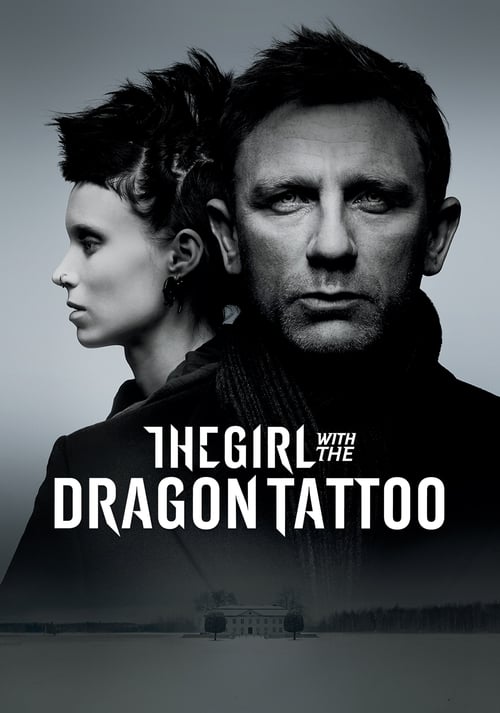
Mushrooms / Chatrak February 05, 2013
The movie wasn’t allowed theatrical release due to its sexual content
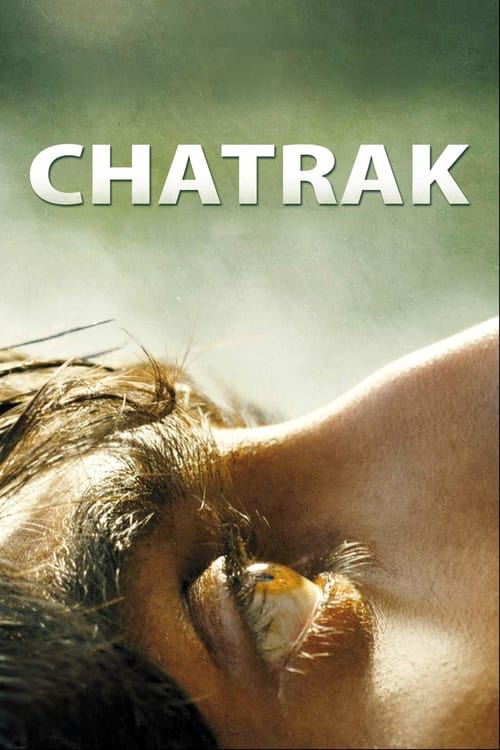
Papilio Buddha March 15, 2013
Initially banned due to its criticism of Mahatma Gandhi. It was allowed release after the anti-Gandhi speeches were muted and/or blurred
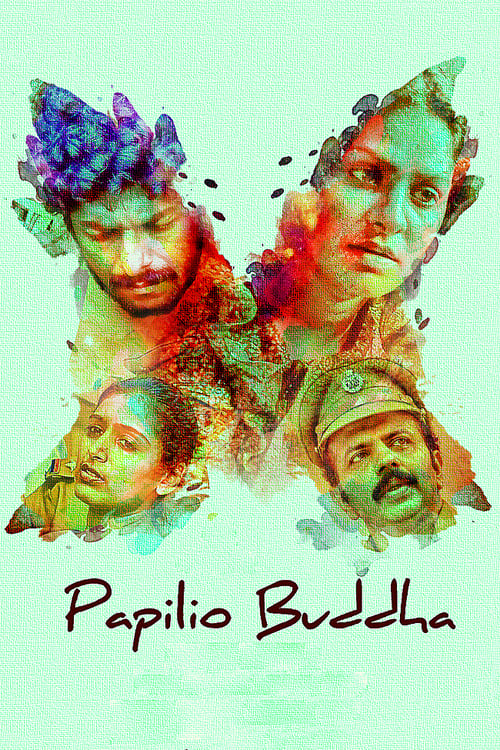
Gurjar Aandolan October 17, 2014
This film was banned by Rajasthan Government after the Intelligence Bureau (Rajasthan Government) watched this movie in Laxmi Talkies, Jaipur, on the day of its release on 17 October 2014. This film was based on Gurjar Agitation held in Rajasthan by Gurjar cast in 2007, and 2008 by the Gurjar Leader Colonel Kirori Mal Bainsla. All the newspapers and media declared this news of ban on this movie on 17 and 18 October 2014.
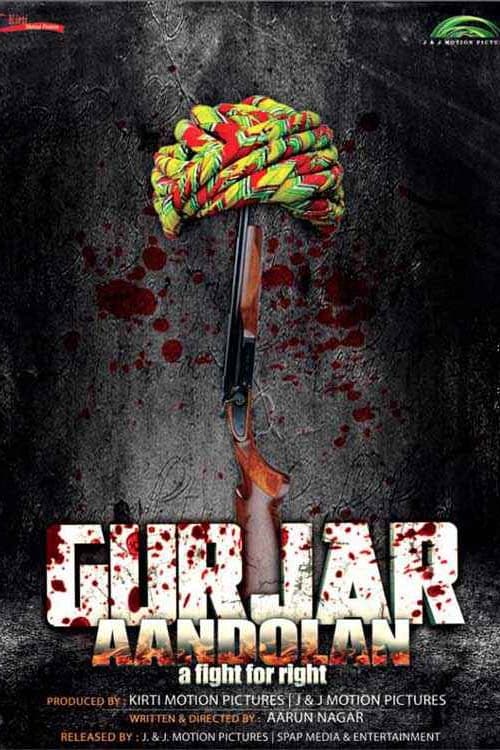
Kaum De Heere August 22, 2014
The film was banned by the central government after the Intelligence Bureau had warned that the film may cause communal tensions. The film glorified the assassins of former Prime Minister Indira Gandhi
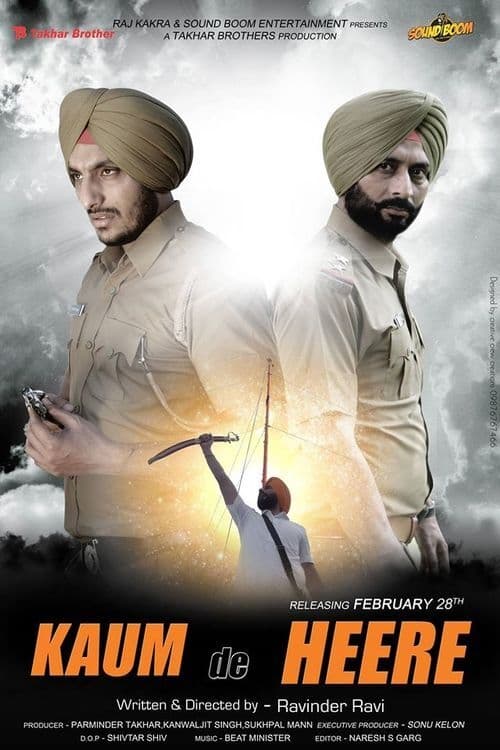
Fifty Shades of Grey February 11, 2015
The film was not given a rating by the Censor Board, even after voluntary cuts by the distributor
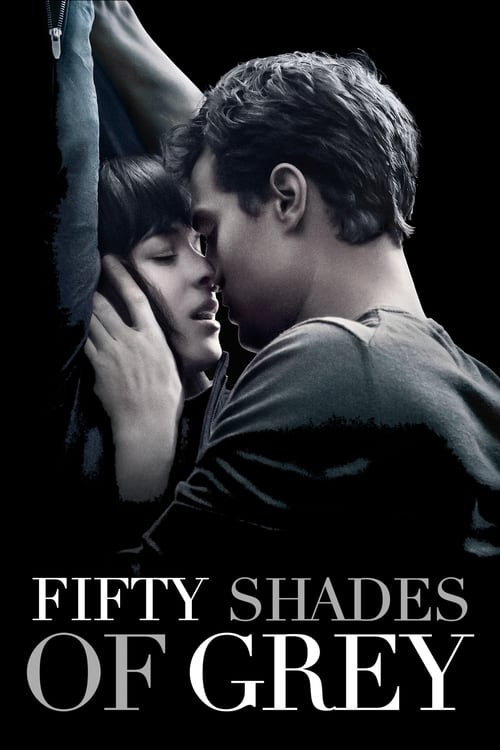
Main Hoon Rajinikanth May 22, 2015
Notable south Indian actor Rajinikanth moved the Madras High Court to stop the release of this film stating that it violated his personality rights. A stay was granted, and the makers of the movie were directed not use superstar’s name, image or likeness. The director Faisal Saif later said he had shown the film to the actor and his lawyers to assure them. The film’s title was later changed to Main Hoon (Part-Time) Killer.
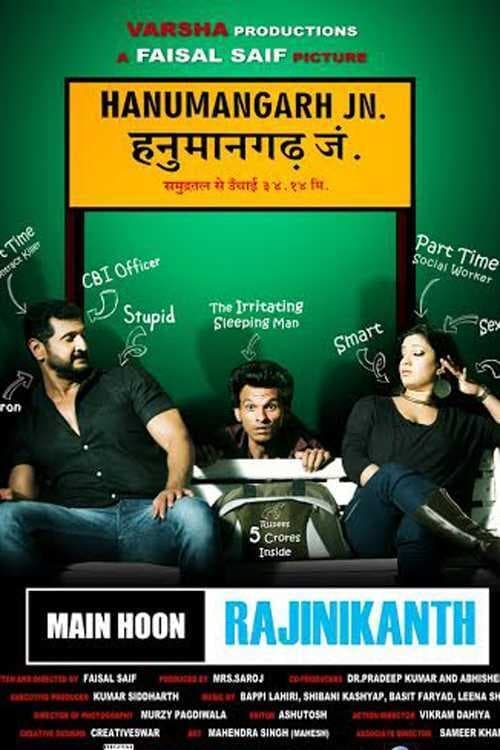
Unfreedom May 29, 2015
The film was denied a rating by the Censor Board. The film examined same sex relationships and religious fundamentalism in India. The director Raj Amit Kumar was told by the Board that film will cause clashes between Hindus and Muslims, and will provoke “unnatural passions”. The film later allowed to stream through Netflix in India
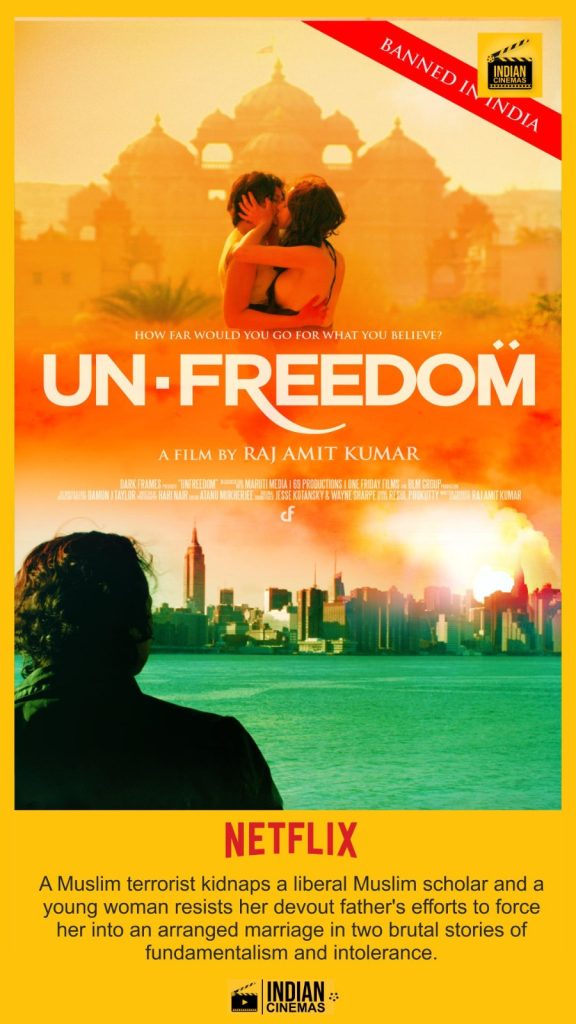
18.05.2009 / Porkalathil Oru Poo
The movie is about the real life of Isaipriya, a television journalist raped and murdered by members of the Sri Lankan Army during the final stages of the Sri Lankan Civil War. It was denied clearance by CBFC as it would damage India-Sri Lanka relations.
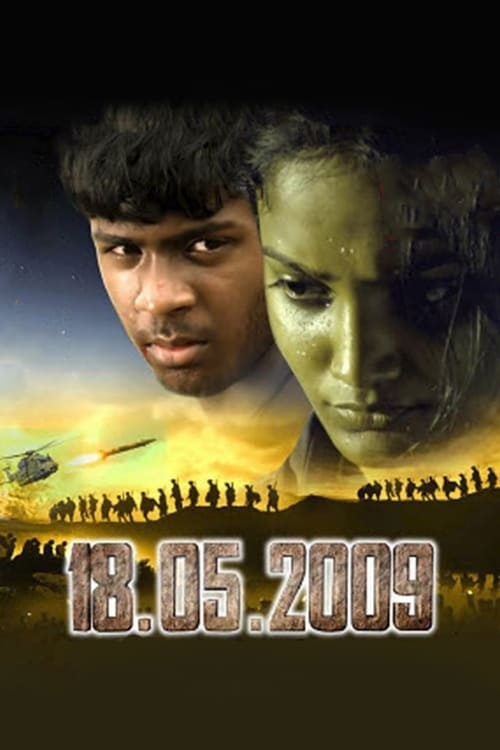
The Mastermind: Jinda Sukha September 11, 2015
The film was cleared by the CBFC but banned by the Minister of Home Affairs. The films is based on the lives of the assassins of General Arun Shridhar Vaidya. The makers of the film decided to release it overseas
The Painted House December 04, 2015
The CBFC denied a rating to film for containing nudity. They suggested the scenes should be blurred or deleted

Mohalla Assi November 16, 2018
The CBFC denied a rating to the film. The film deals with the commercialisation of the pilgrimage city Varanasi. On 11 December 2017, Delhi High Court allowed the release of the film with one cut and adult certification, setting aside the order of CBFC
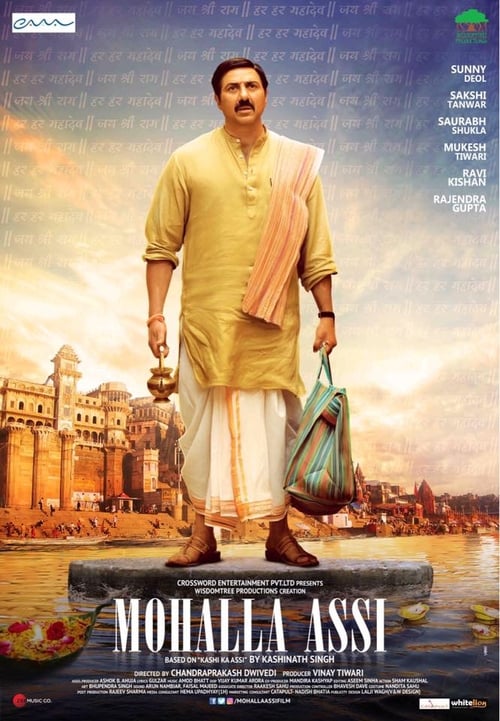
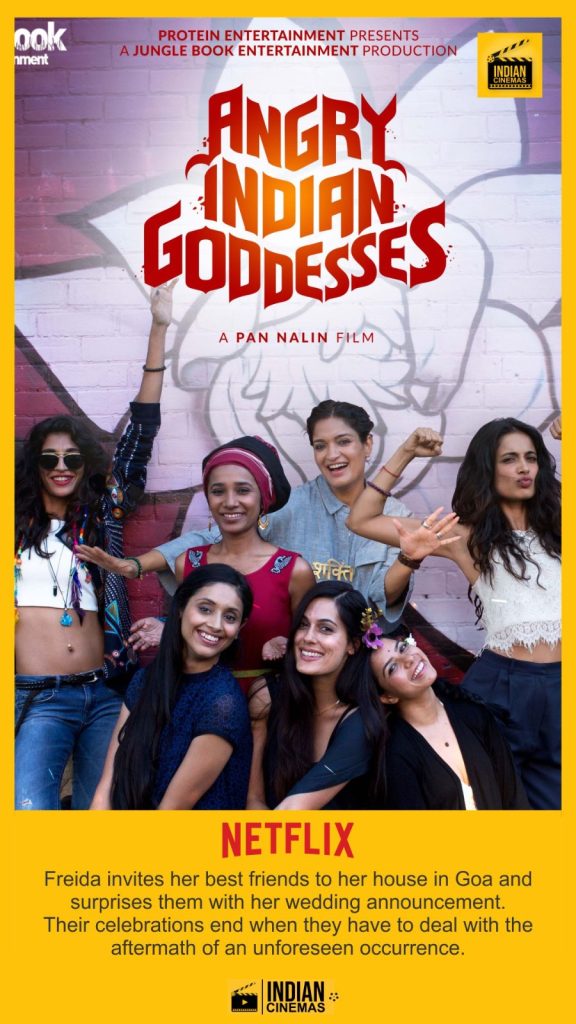
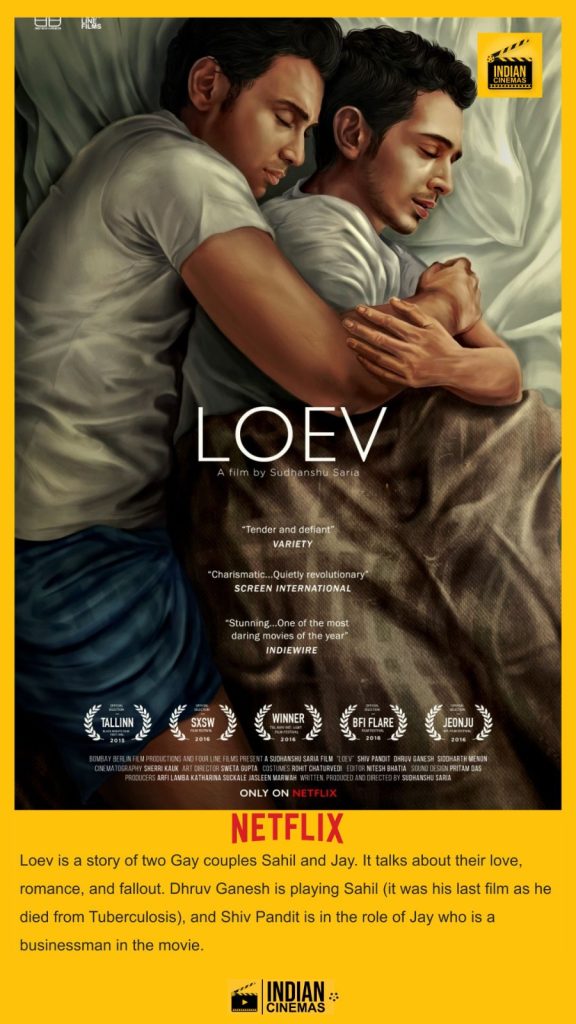

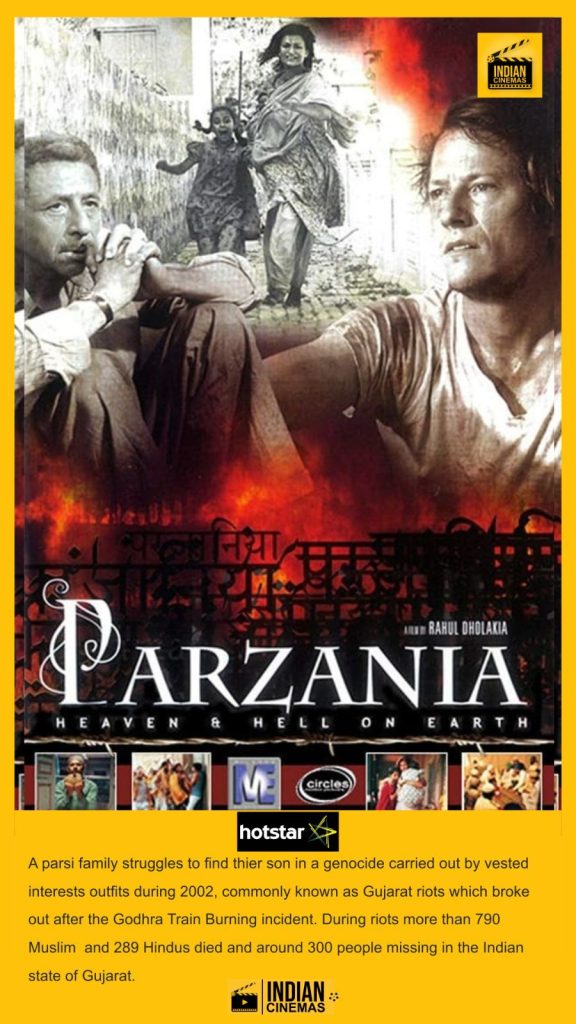

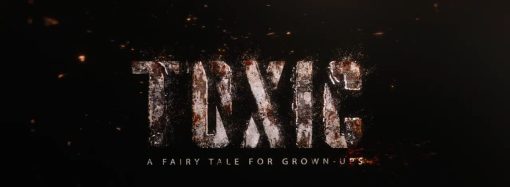


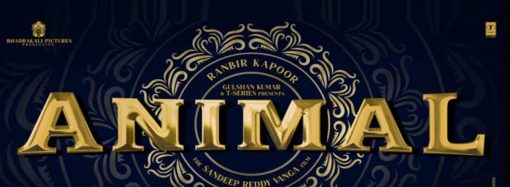


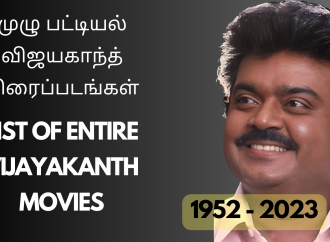
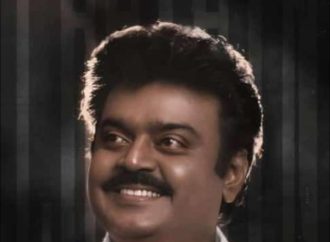
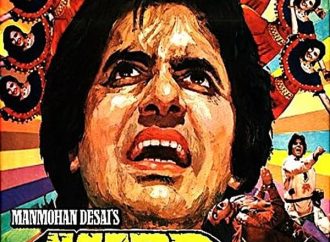
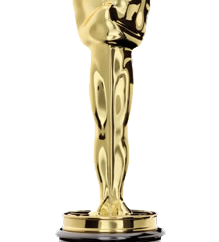
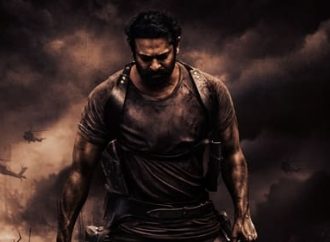
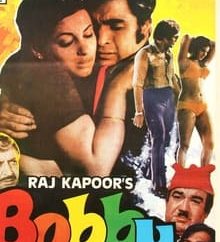
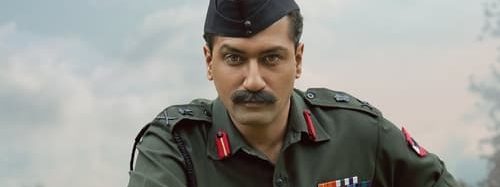
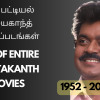

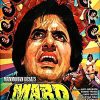






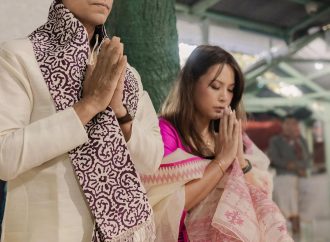
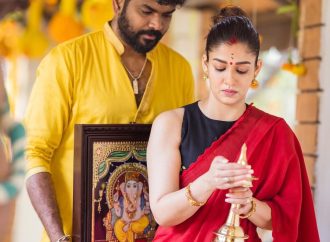
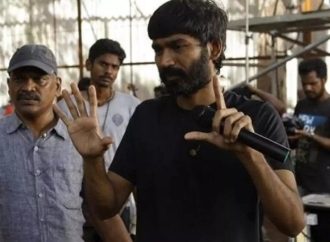
Leave a Comment
Your email address will not be published. Required fields are marked with *